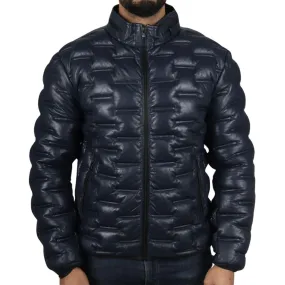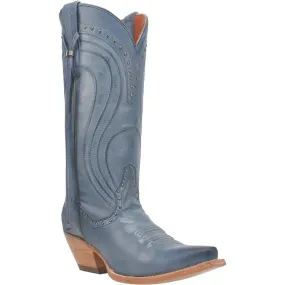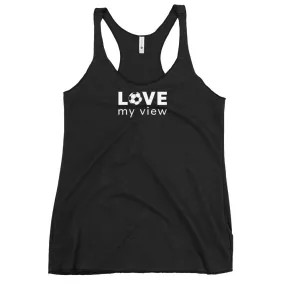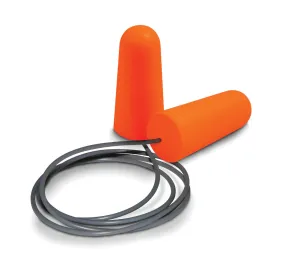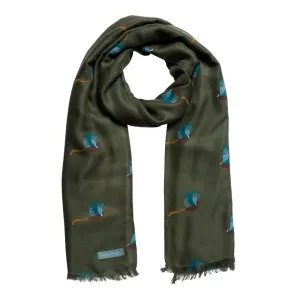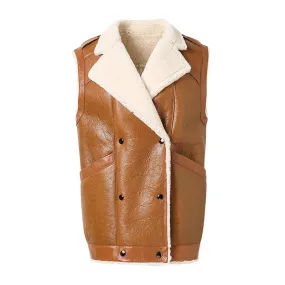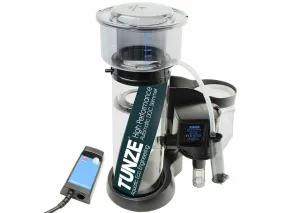Original Item: Only One Available. The originator of the KA-BAR trademark, Union Cutlery Co, began using the name in 1923, having received a letter from a fur trapper who had used the knife to kill a wounded bear which attacked him when his rifle jammed. According to company records, the letter was only partially legible; "ka bar" could be read, as fragments of the phrase "kill a bear". In 1923, the company adopted the name Ka-Bar from the "bear story" as its trademark. From 1923, the KA-BAR trademark was used as a ricasso stamp by Union Cutlery Co. on its line of automatic switchblade pocket knives, including the KA-BAR Grizzly, KA-BAR Baby Grizzly, and KA-BAR Model 6110 Lever Release knives. The company produced about 1 million knives with the trademark on the ricasso.
This is a fantastic service used example of the legendary WWII Production U.S.M.C marked Mark 2 "Ka-Bar" fighting knife with leather belt sheath. Marine Corps issue knives are much harder to find on the market than the U.S.N. marked variety. Overall length of this Mark 2 knife is 12 inches, with a 7 inch clip-point blade. The markings on the ricasso are as follows:
U.S.M.C.
KABAR
OLEAN N.Y.
The Mk2 Knife was developed as an improvement over the Mk1 design, which had issues with blade snapping due to the thinner design. Working with Union Cutlery, USMC Colonel John M. Davis and Major Howard E. America contributed several important changes, including a longer, stronger blade, the introduction of a small fuller to lighten the blade, a peened pommel (later replaced by a pinned pommel), a straight (later, slightly curved) steel crossguard, and a stacked leather handle for better grip. The knife was officially known as the 1219C2, but it was commonly called the "Ka-Bar" after the trademark of Union Cutlery that was on the blades of early examples. The first production order went out to Camillus Cutlery Company, who produced the largest number of knives during WWII. The design was subsequently adopted by the Navy as the US Navy Utility Knife, Mark 2, and the USMC adopted it as the USMC Mark 2 Combat Knife, or simply the Knife, Fighting Utility.
In 1944, the US Navy put through a change order to have the markings moved from the blade to the cross guard, so this knife was produced before that change. Knife features a theater made plexiglass and aluminum stacked grip, which is in excellent condition, with no cracks or splitting, and it has a 1 ½” aluminum pommel threaded on the tang.
The blade shows almost none of the original black finish. There is a bit of wear and discoloration from the leather sheath, which it has been for decades. There is even a bit of verdigris stuck on the blade from the scabbard. The blade does have the appearance of having been heavily used but not intentionally abused. There is some areas of minor pitting and oxidation.
The leather sheath is the standard type used with the Mark 2, and is in just lovely worn condition. These were originally issued in natural leather, and this has faded to a darkened brown from use. The stitching, rivets and securing strap is present without any extensive damage. The front of the sheath is personalized with a fouled anchor, the text 33RD C.B. and the name S. LANDER. We have not been able to locate any solid information on Lander, making this an excellent candidate for further research.
An excellent example of an exceptionally hard to find USMC-marked "KA-BAR" knife, which looks to have seen long service life! No collection is complete without one! Ready to display!
Specifications:
Blade Length: 7"
Blade Style: Clip-point "Bowie" Style
Overall length: 12“
Crossguard: 2 7/16”
Scabbard Length: 7 3/4" with Belt Loop
Seabee
United States Naval Construction Battalions, better known as the Navy Seabees, form the U.S. Naval Construction Forces (NCF). The Seabee nickname is a heterograph of the initial letters "CB" from the words "Construction Battalion". Depending upon context, "Seabee" can refer to all enlisted personnel in the USN's occupational field 13 (OF-13), all personnel in the Naval Construction Force (NCF), or Construction Battalion. Seabees serve both in and outside the NCF. During World War II they were plank-holders of both the Naval Combat Demolition Units and the Underwater Demolition Teams (UDTs). The men in the NCF considered these units to be "Seabee". In addition, Seabees served as elements of Cubs, Lions, Acorns and the United States Marine Corps. They also provided the manpower for the top secret CWS Flame Tank Group. Today the Seabees have many special task assignments starting with Camp David and the Naval Support Unit at the Department of State. Seabees serve under both Commanders of the Naval Surface Forces Atlantic/Pacific fleets as well as on many base Public Works and USN diving commands.
Naval Construction Battalions were conceived of as replacements for civilian construction companies in combat zones after the attack on Pearl Harbor. At the time civilian contractors had roughly 70,000 men working U.S.N. contracts overseas. International law made it illegal for civilian workers to resist an attack. Doing so would classify them as guerrillas and could lead to summary execution. The formation of the Seabees amidst the aftermath of the Battle of Wake Island inspired the backstory for the World War II movie The Fighting Seabees.
Adm. Moreell's concept model CB was a USMC trained military equivalent of those civilian companies: able to work anywhere, under any conditions or circumstances. They have a storied legacy of creative field ingenuity, stretching from Normandy and Okinawa to Iraq and Afghanistan. Adm. Ernest King wrote to the Seabees on their second anniversary, "Your ingenuity and fortitude have become a legend in the naval service." They were unique at conception and remain unchanged from Adm. Moreell's model today. In the October 1944 issue of Flying, the Seabees are described as "a phenomenon of WWII".





















